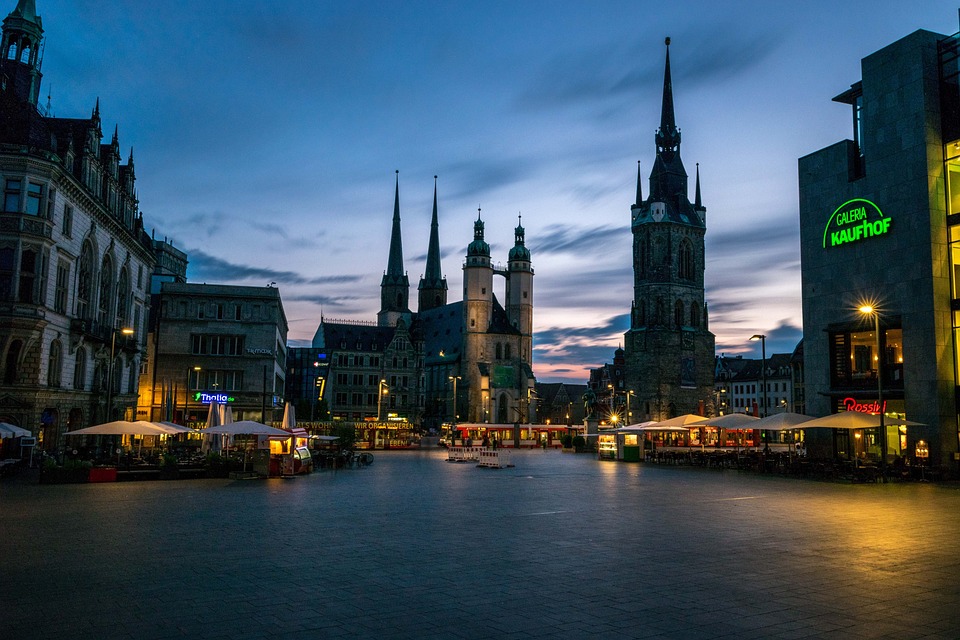Throughout varied durations in Persian historical past, the structure and design of castles performed a big position in shaping the panorama and defending towards enemies. The evolution of chateau buildings mirrored the altering instances, with every period leaving its mark on these formidable fortifications.
In historic Persia, the Achaemenid Empire constructed grand fortresses equivalent to Persepolis, showcasing the empire’s energy and wealth. These majestic buildings stood as symbolic representations of the ruler’s authority, with intricate carvings and imposing columns that impressed guests and instilled concern in enemies.
Because the Persian Empire continued to broaden, so did the necessity for stronger defenses. The Parthians constructed fortresses just like the Anahita Temple, mixing Greek and Persian architectural kinds to create distinctive and resilient buildings. These castles served as army strongholds and cultural facilities, showcasing the fusion of various civilizations inside the empire.
Throughout the Sassanid interval, the Persian Empire reached its peak, with elaborate castles like Taq Kasra standing as testaments to the empire’s architectural prowess. These large buildings featured intricate arches and domes, showcasing the empire’s engineering ingenuity and aesthetic sophistication.
Within the medieval period, the Seljuk and Safavid dynasties continued the custom of chateau constructing, every leaving their very own mark on Persian structure. The Seljuks constructed fortresses like Alamut Fort, strategically positioned on mountain peaks to defend towards invaders. The Safavids, then again, constructed grand palaces and mosques, mixing Persian and Islamic architectural components to create gorgeous edifices that also stand as we speak.
As Persian historical past unfolded, the design and building of castles continued to evolve, reflecting the altering political and cultural landscapes of the area. Every fortress instructed a narrative of energy, protection, and architectural innovation, leaving an enduring legacy for future generations to admire and examine.
Because the solar units on one other chapter in Persian historical past, the echoes of the previous reverberate by way of the partitions of those historic fortresses, reminding us of the enduring legacy of Persian fort structure. با ما در مرشدی همراه شوید
“Structure ought to communicate of its time and place, however yearn for timelessness.” – Frank Gehry
